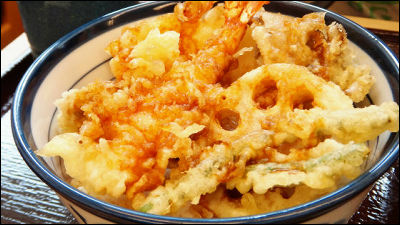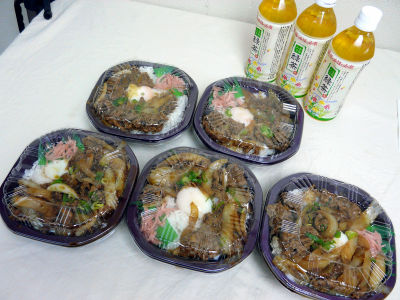I tried comparing hot soba and cold soba at station soba `` soba ichi nonowa '' where robot automatically cooks soba

A demonstration experiment aimed at resolving labor shortages by robots boiling, washing and tightening the soba was conducted at the station middle soba shop `` Sobaichi nonowa Higashi Koganei store '' inside JR Higashi Koganei Station from March 16 to April 2020 It is held until 15th. In addition to reducing the burden on employees, unlike cooking by hand, it aims to deliver a stable taste with exactly the same finish, so what kind of soba cooked by the robot is actually eating I went.
nonowa official website
Sobaichi nonowa Higashi Koganei Branch, where a soba robot works, is located just before entering the ticket gate at Higashi Koganei Station on the JR East Japan Chuo Line before going up to the platform.
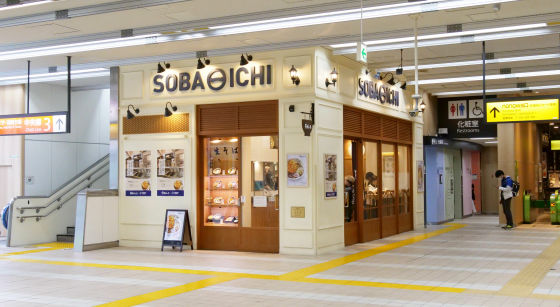
At the store, a poster for a limited time period opening of a soba robot was posted. The cooking robot is said to be developing
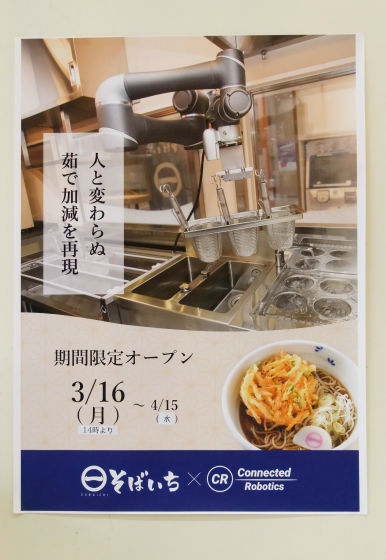
The inside of the store looks like this. Standing counters line up near the entrance ...
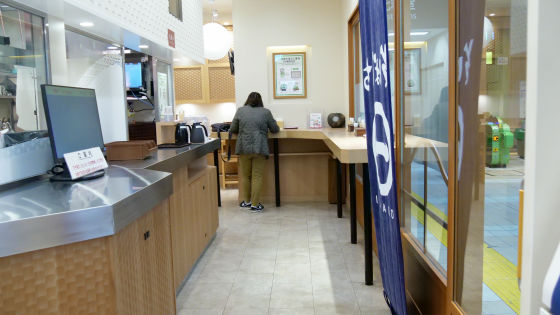
There was a seat to sit down and eat in the back of the store.
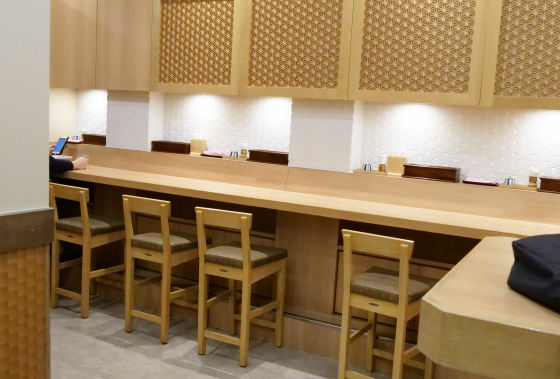
Immediately after entering the store, you discover a facility you are not familiar with at a soba restaurant.
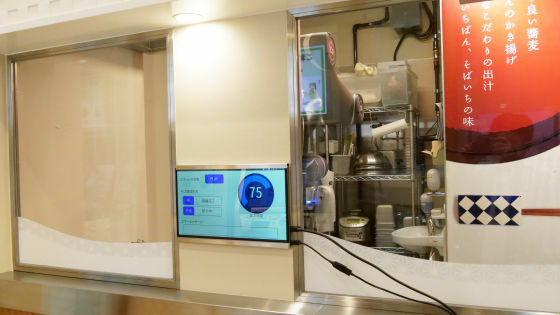
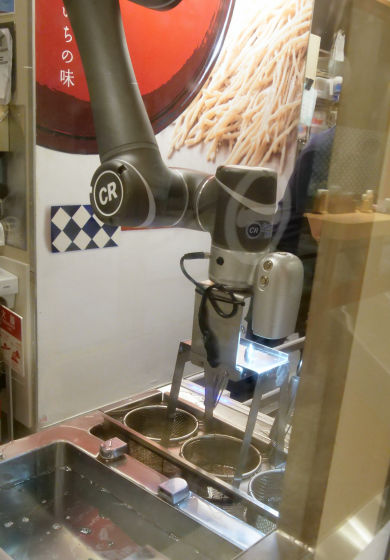
The order purchases a meal ticket with a touch panel.
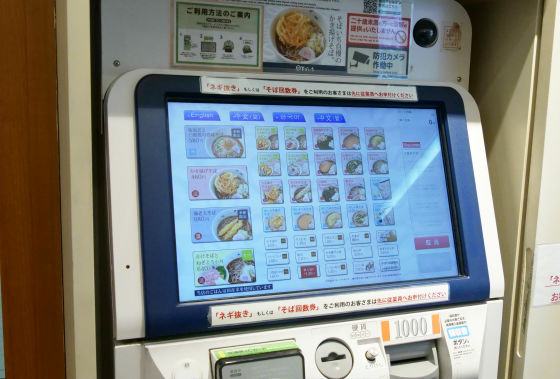
I ordered a simple Kake soba (340 yen including tax) so that the robot can easily enjoy the boiled soba.
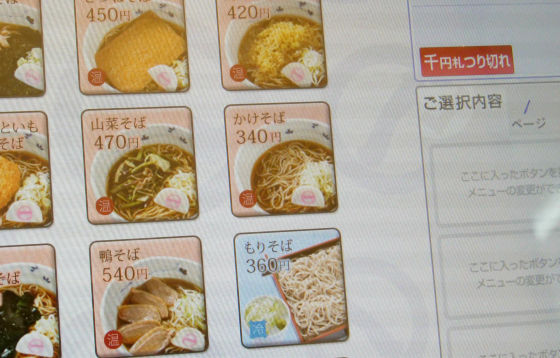
Checking the number of the meal ticket and waiting ...
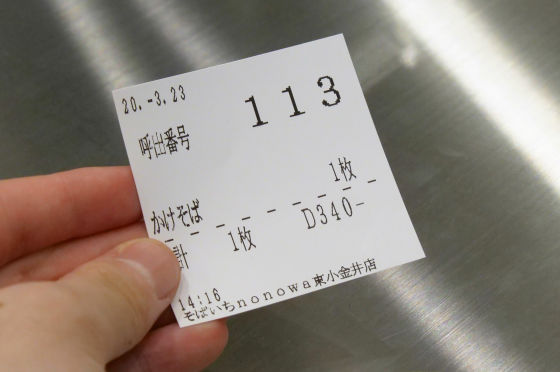
The robot arm started to move and began to boil the side.
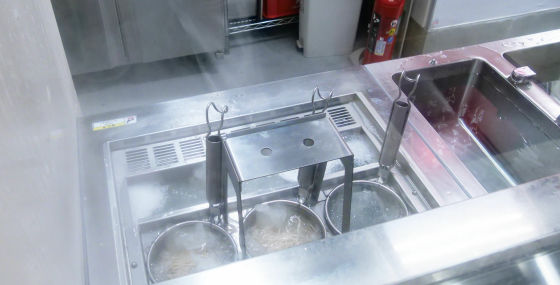
You can see how the robot arm boil the buckwheat and move to the washing process to remove the boiled buckwheat by looking at the following movie. The robot can also boil several soba at the same time, and you can see how multiple boiled soba are replaced.
When you start to boil the buckwheat, the boiling time will be displayed on the monitor.
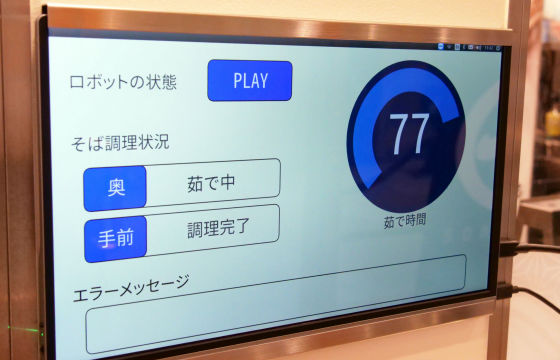
During the boil, the buckwheat robot was swaying and waiting for the boil.
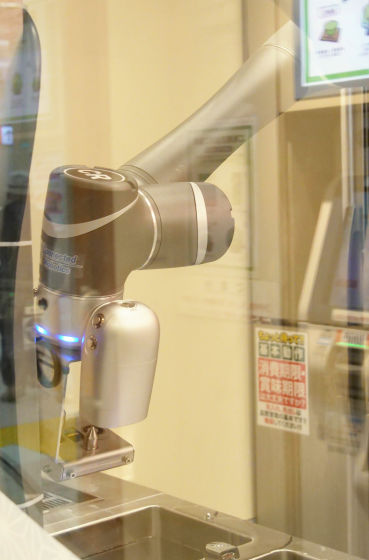
The state of the buckwheat robot waiting for boiling is well understood from the following movie.
When the boiled time is a few seconds left ...
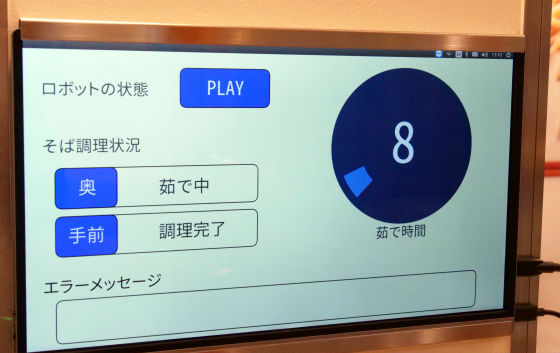
The robot arm took out the buckwheat from the boiled cooking area and moved to the washing and cooling processes.
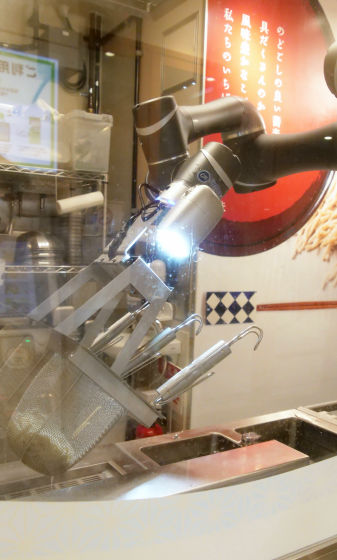
The movement from washing the boiled buckwheat to tightening it with cold water can be seen in the following movie.
The boiled buckwheat is transferred to the completed space, where it is seasoned and topped by human employees.
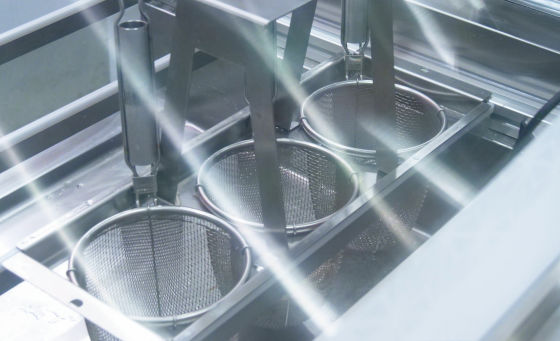
Within 5 minutes of ordering, Kake-soba was offered from the counter.
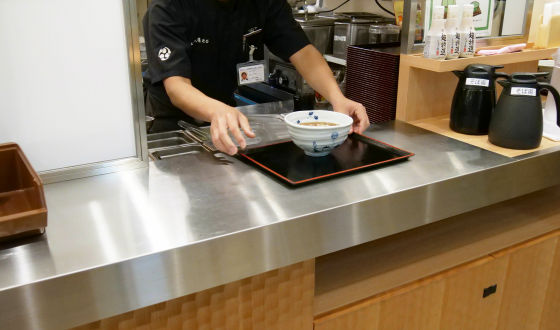
It looks like a simple kake soba.
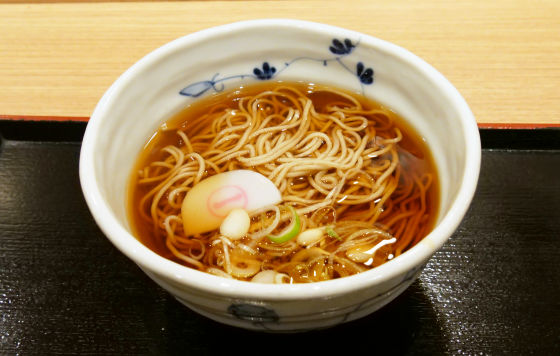
The only toppings are the Kamabobo with the shop logo and the spicy leek.
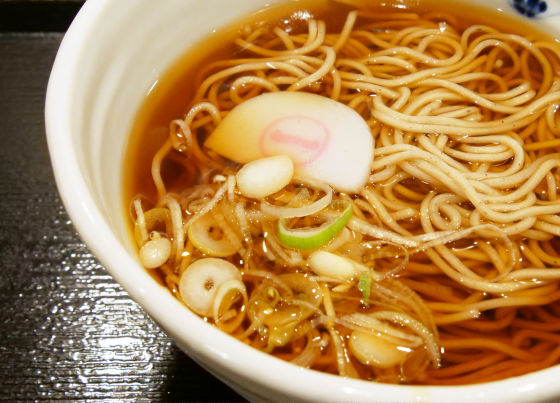
When I ate soba, it had a soft touch but no fluffy feeling, and after a slick slick, it was a boiled boil that responded firmly. Of course, eating alone does not tell whether a robot has made it.
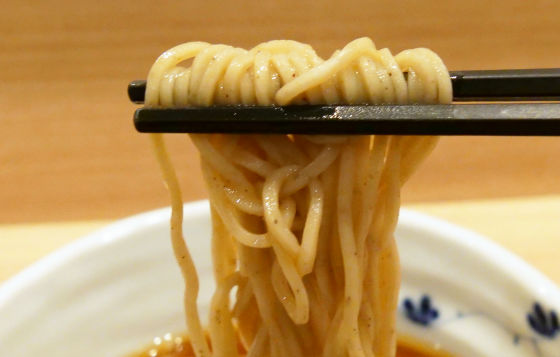
The soup has a rich Kanto-style flavor. Just sipping soba, the taste spread in the mouth.
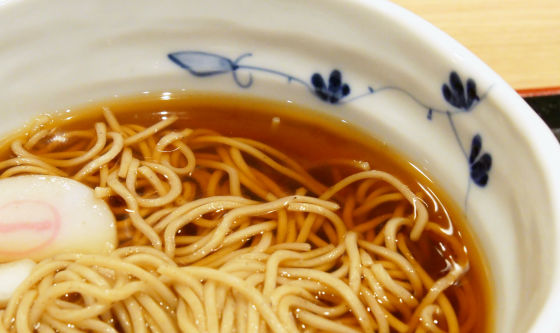
Kake soba was warm soba, so I wondered if it was cold soba, so I ordered a seasonal menu 'Sakura shrimp and white-haired green onion flavored soba' (580 yen including tax) and compared it.
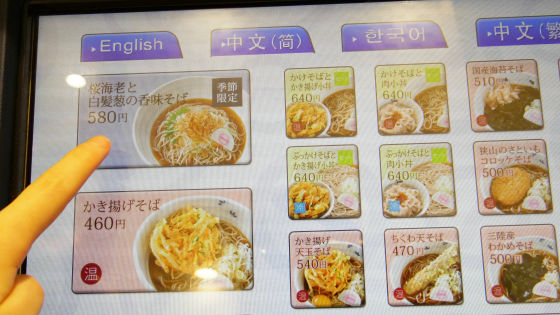
This was also provided in less than 5 minutes. Red shrimp is on top of the light green onion, and it looks brilliantly cold.
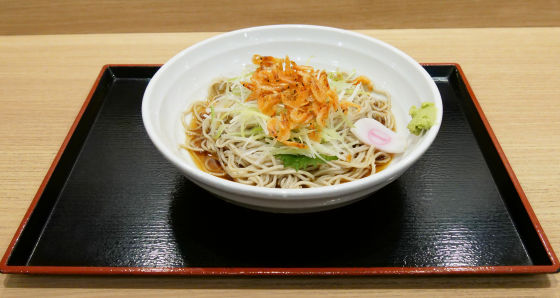
Cherry shrimp are about to fall down ...
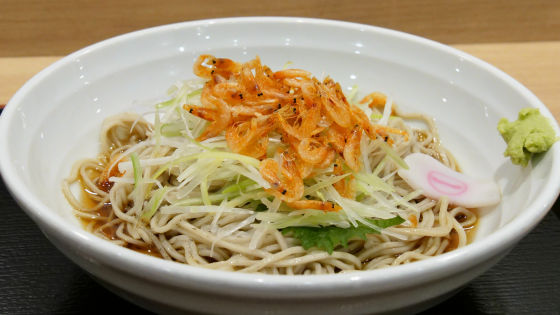
Below the shrimp is a lot of toppings with white-haired green onions.
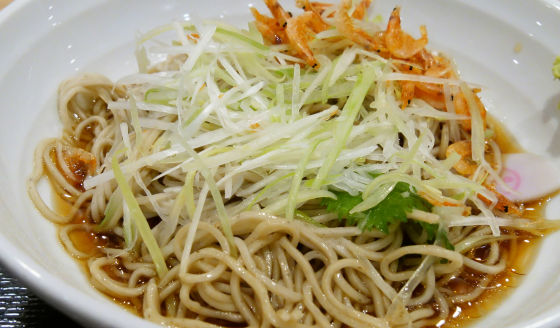
Kamaboko, condimented wasabi.
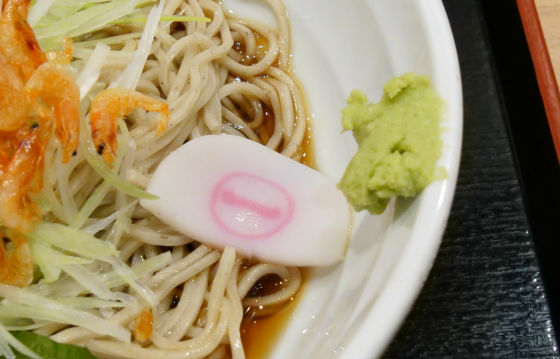
The soup is a small amount, but the taste is enough with a firm thickness.

Cold buckwheat noodles are more firm and chewy than cold buckwheat noodles because they are tightly closed with cold water. It also matched with crunchy green onions.
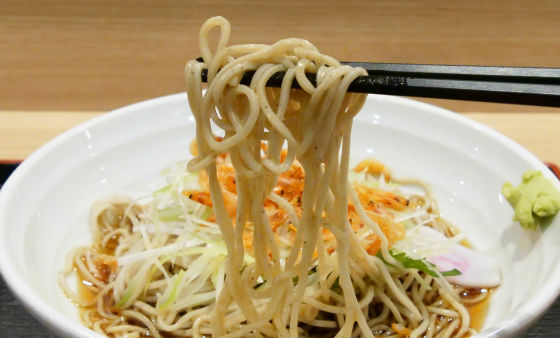
The cherry shrimp were very small, but the flavor was strong, and it was a dish where you could enjoy a variety of tastes and textures together with leek and wasabi.
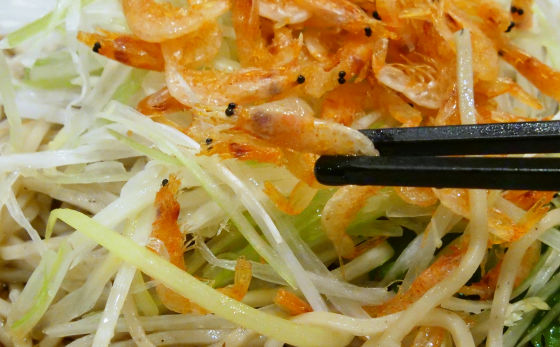
The robot near Higashi Koganei Station is a trial operation until April 15, 2020, but it may continue to operate after that, and depending on the results of this experiment, Shinjuku Station store with many times more customers But it may be introduced. In addition to reducing labor costs and reducing the burden on employees, it is expected that the texture of the buckwheat will change with the slightest difference in boiled time and how it is tightened.
Related Posts:
in Tasting, Posted by log1e_dh




